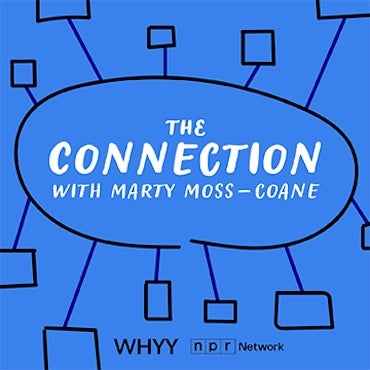Great Depression recovery shaped Philly politics
In Philadelphia, the Crash began a chain of events that transformed the political face of the city.
The stock market plummets, banks fail, and unemployment shoots up. Sound familiar? Eighty years ago Thursday was the Crash of 1929, when Wall Street collapsed, triggering the start of the Great Depression. In Philadelphia, the Crash began a chain of events that transformed the political face of the city.
Listen:
[audio: 091029pccrash.mp3]
The Great Depression found its lasting physical form in the main Post Office on 30th Street.
Simon: It is exceedingly plain, exceedingly simple, and exceedingly powerful.
Temple University history professor Bryant Simon is across the street, and is looking at the massive building from the train station window.
Simon: There is a brawniness to it. It is both functional and modern at the same time, and speaks to its purposefulness.
The Post Office was built in 1935 as part of the Works Progress Administration, that’s a New Deal plan to put unemployed people back to work. Simon says it has a muscular aesthetic, a design that aptly reflects the era.
Simon: For a long period of time – between 1929 and 1945 – not a lot of building going on. The only building that is being done is by the federal government. One thing it really built a lot of is post offices.
But the Republican mayor of Philadelphia at the time, wanted nothing to do with the WPA, and if he could have blocked that Federal construction project, he would have.
In the beginning of the 20th century, Philadelphia was a staunch Republican town, and it was a blue-collar town. University of Pennsylvania history professor Walter Licht says if you were in the Kensington neighborhood on October 29th, 1929, you would have hardly noticed that the American economy had just fallen through the floor.
Licht: I’m not sure in that community you had people who were invested in the Stock Market pulling their hair out.
It took a couple years for hundreds of thousands of Philadelphians to lose their jobs. At the time there were no food stamps, no unemployment insurance, and no welfare programs. Thomas Cronin is a professor of labor relations at St. Joseph’s University. He says radical Unemployment Councils rallied in the streets to demand relief, but the union movement was not quick to action.
Cronin: Not that there weren’t things going on – relief protests were mounting, but they weren’t part of organized labor. Relief organizations and also the socialist and communist party were active at that time.
It was the election of Franklin Roosevelt to the presidency in 1932 that relief started to come in the form labor laws and the New Deal. However President Roosevelt was no friend of the city’s Republican Mayor, J. Hampton Moore. Professor Licht says Moore was the head of a long-standing Republican juggernaut in Philadelphia and did not want interference from a Democractic president.
Licht: This Juggernaut does not really respond. Doesn’t provide the kind of relief that was necessary given the incredible drops of unemployment.
The Roosevelt’s WPA programs were meant to get money back into the people’s hands. Bryant Simon says then-mayor Moore blocked those WPA programs from coming into the city.
Simon: The mayor was a product of a long-standing ideology in America that people should pull themselves up by their bootstraps, and if they didn’t, then they deserved to fall. The fact that the mayor is refusing this will only help push people into the laps of the Democrats.
But some WPA programs did get into Philadelphia. That Federal Government hired local laborers to build that post office, for example. And Roosevelt, with the New Deal and his fireside chats over the radio, quickly became a popular favorite. To oppose him was political suicide.
Simon: Roosevelt had this wonderfully inclusive language – he began all his speeches with “my friends…”
Roosevelt: My friends, I have been on a journey of husbandry, to see how effectively federal and local authorities are taking care of pressing problems of relief…
Simon says Roosevelt attracted white liberals, African-Americans leaving the Republican party, and the growing trade unions.
Simon: That’s the majority of Philadelphia. That coaltion when it was put together made the Democratic party unstoppable.
The complete shift to a Democratic machine was not immediate. It wouldn’t be until the 1950’s that the Democrats would define the political character of modern Philadelphia.
WHYY is your source for fact-based, in-depth journalism and information. As a nonprofit organization, we rely on financial support from readers like you. Please give today.

